 Last night was the PBS broadcast of the 25th Anniversary Les Misérables concert. Watching it brought back lots of memories, since it’s my favorite musical.
Last night was the PBS broadcast of the 25th Anniversary Les Misérables concert. Watching it brought back lots of memories, since it’s my favorite musical.
I saw Les Misérables for the first time in London on October 2, 1986. It was still the original cast, with the exception of Patti LuPone as Fantine, who had already moved on. I decided to go see the musical because everyone was talking about it, but I was skeptical. I wasn’t at all familiar with the story. I had no idea what to expect. It was during the very first scene, when the prisoners trudge out singing “look down,” that I fell in love with the show. I suppose it’s because of the epic story with a large cast of characters and all that melodrama. The music is great too, of course. I love how it goes from a single person on an empty stage pouring his or her heart out, to the big crowd scenes. Oddly enough, I was pleased that there was almost no dancing. The London production had strong dramatic lighting combined with dark corners you couldn’t quite make out. It was a perfect remedy to all the cheerful, fluffy, dance-filled musicals I’d seen up to that point. I was completely taken with Michael Ball as Marius, and I also loved Frances Ruffelle (Éponine) and Colm Wilkinson (Valjean).
I liked Les Mis so much, I went back and saw it again the same week. I probably would have continued going back, but my trip ended. I did my best to meet the cast, standing at the stage door between a matinee and an evening performance. I mostly wanted to meet Michael Ball, but he never came out. Frances Ruffelle was the only person I remember meeting, and she was lovely. I just told her she was great as she walked by, but she turned back and gave me a big smile and a thank you. There was a small circle of other fans gathered by the stage door, and I hung back in the alley, watching who was going in as well as who was coming out. Andrew Lloyd Webber and a woman who I believe was Sarah Brightman walked past me and went in. I felt no desire to ask Lloyd Webber for an autograph, because I was young and arrogant enough to be unimpressed by him. I flew home with a suitcase filled with souvenirs, including the cast CD (my very first CD ever!), a sweatshirt, and the unabridged Penguin edition of the book. On the plane, I was seated next to a man who sat in the same row at the same performance of Les Mis, and we talked for the entire flight about our new obsession.
I was determined to read the entire 1000 page Les Misérables, so I set myself a goal of a hundred pages of day. It worked, and I finished it on the tenth day. The problem with reading an epic length novel is that nothing else satisfies after you’re done. It feels like losing a best friend, and you go through a period of mourning. Anyway, what I got from reading the book is that Les Mis is essentially a story about the Old Testament versus the New. Javert’s philosophy is “an eye for an eye,” and his God doesn’t forgive. He is too busy smiting his enemies. Valjean undergoes a conversion after his encounter with the bishop, and his God is about love and grace and sacrifice for others. Thénardier represents an existence without God or morals. Javert destroys himself when his faith in his rigid concept of God is shaken by Valjean, and Valjean finds salvation and redemption. One of the reasons I love the musical version is that it doesn’t secularize the story by removing the references to God.
My love affair with Les Mis continued over the years. I was working as a tour guide at Sea World in the mid-80s, and one of the places we had to staff for hour-long stretches never got much traffic. I would sing Les Mis songs to pass the time. I needed a secluded spot well away from others, with my singing voice! One year, two different friends gave me Les Mis beach towels. I saw the musical a total of five times in London at the Palace Theatre, usually in the same restricted-view box seat. I liked to take my binoculars and find the microphones hidden on the actors. I was delighted to discover that Javert’s microphone was disguised as the scar on his cheek. One of the times I saw the show, I could clearly see that the actor playing Valjean and the little girl playing Cosette loathed each other. When he picked her up and swung her around, she looked disgusted and he practically threw her down. One of my biggest regrets was missing Mario Frangoulis play Marius by only a month. He’s now one of my favorite singers. A couple of summers ago, I finally saw a production of Les Mis here in the US, performed by the San Diego Junior Theatre. Damn, those were some talented kids! I was so impressed.
So, 25 years later, we have the anniversary concert. I particularly enjoyed Lea Salonga (Fantine), Matt Lucas (Thénardier), Ramin Karimloo (Enjolras), Hadley Fraser (Grantaire), and Robert Madge (Gavroche). It was a shame that Gavroche’s dying scene was cut from the concert, because I would love to see Madge perform it. I don’t automatically like the boys playing Gavroche, because they can be obnoxious, but Robert Madge had just the right amount of cheekiness. Alfie Boe (Valjean) has a lovely voice, especially singing Bring Him Home. I’m not sure so many extreme close-ups benefited him, because his voice is so much more expressive than his face.¹ The close-ups certainly didn’t help Nick Jonas (Marius). I’m quite fond of the Jonas brothers, and I really wanted Nick to be a good Marius. He seemed to be struggling with the vocal range, and his facial expressions often made him look constipated. The song A Little Fall of Rain didn’t quite work with the actors standing up at microphones, instead of Éponine collapsing to die in Marius’s arms. Still, I found the whole concert very moving, and it was so fun to see many of the original cast members come out at the end. (Once again, Patti LuPone was missing!) This concert confirms that Les Mis is still my favorite musical.
If you want to check out more of Robert Madge, watch this video from Oliver! where he plays The Artful Dodger.
¹Note: My opinion of Alfie Boe’s expressiveness has altered since seeing videos of him singing with Matt Lucas and joking around in Lucas’ kitchen [recently removed from YouTube, unfortunately]. Maybe it was the beard.
Related posts: Gavroche Please Sir, I Want Some More To the Barricade! Ramin Karimloo Grantaire Enjolras & Grantaire Thénardier Waltz Gavroche: Liar! Bring Him Home Enjolras Les Mis: The Originals 24601 Fantine Cosette & Madame Thénardier Les Mis: The Streets of Paris First Look: Hadley Fraser’s Javert

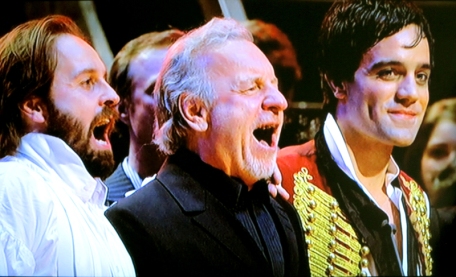

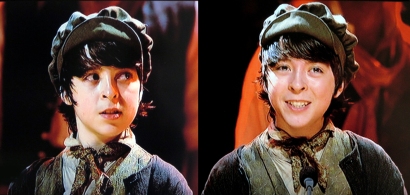





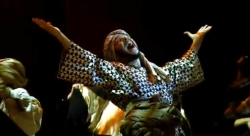


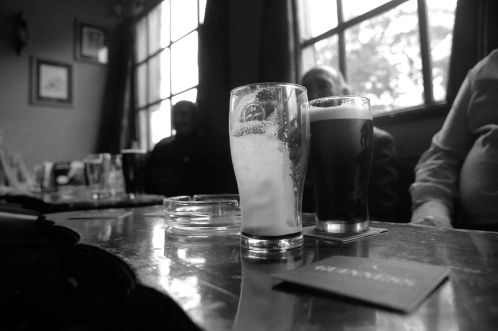






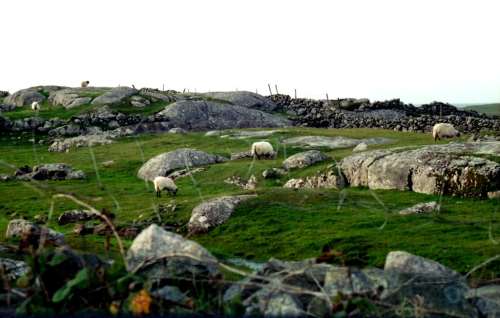











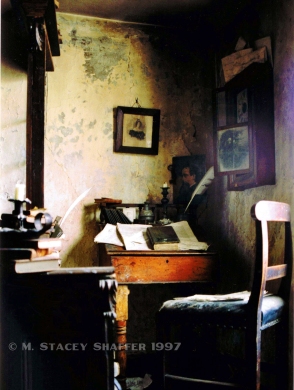 Dennis bought a derelict Georgian house in Spitalfields, so named because it once adjoined the medieval St Mary’s Spittal, a hospital and priory. In the early 1980s, this East End neighborhood was being restored and revived, attracting artists, writers, and musicians who formed a thriving creative community. Dennis renovated the house at 18 Folgate Street on a shoestring budget, often using wood pallets from the nearby wholesale vegetable market. He told me that he found a fire laid on the top floor that had never been lit, with crumpled newspaper that was dated the day of his birth. (I didn’t know whether to believe him, since his motto was “if it isn’t true, it ought to be.”) He filled the house with all the furniture, silver, art, and other treasures that he’d collected over the years, which his friends had been keeping for him in attics all over England.
Dennis bought a derelict Georgian house in Spitalfields, so named because it once adjoined the medieval St Mary’s Spittal, a hospital and priory. In the early 1980s, this East End neighborhood was being restored and revived, attracting artists, writers, and musicians who formed a thriving creative community. Dennis renovated the house at 18 Folgate Street on a shoestring budget, often using wood pallets from the nearby wholesale vegetable market. He told me that he found a fire laid on the top floor that had never been lit, with crumpled newspaper that was dated the day of his birth. (I didn’t know whether to believe him, since his motto was “if it isn’t true, it ought to be.”) He filled the house with all the furniture, silver, art, and other treasures that he’d collected over the years, which his friends had been keeping for him in attics all over England.
